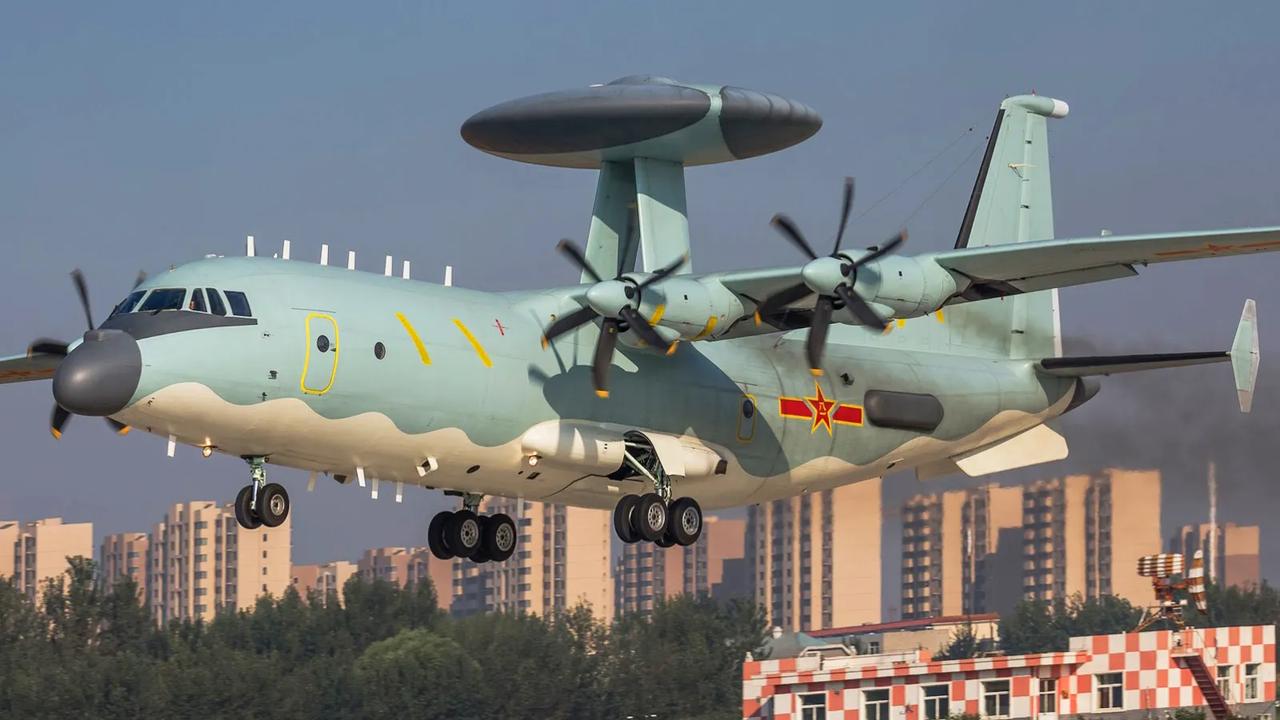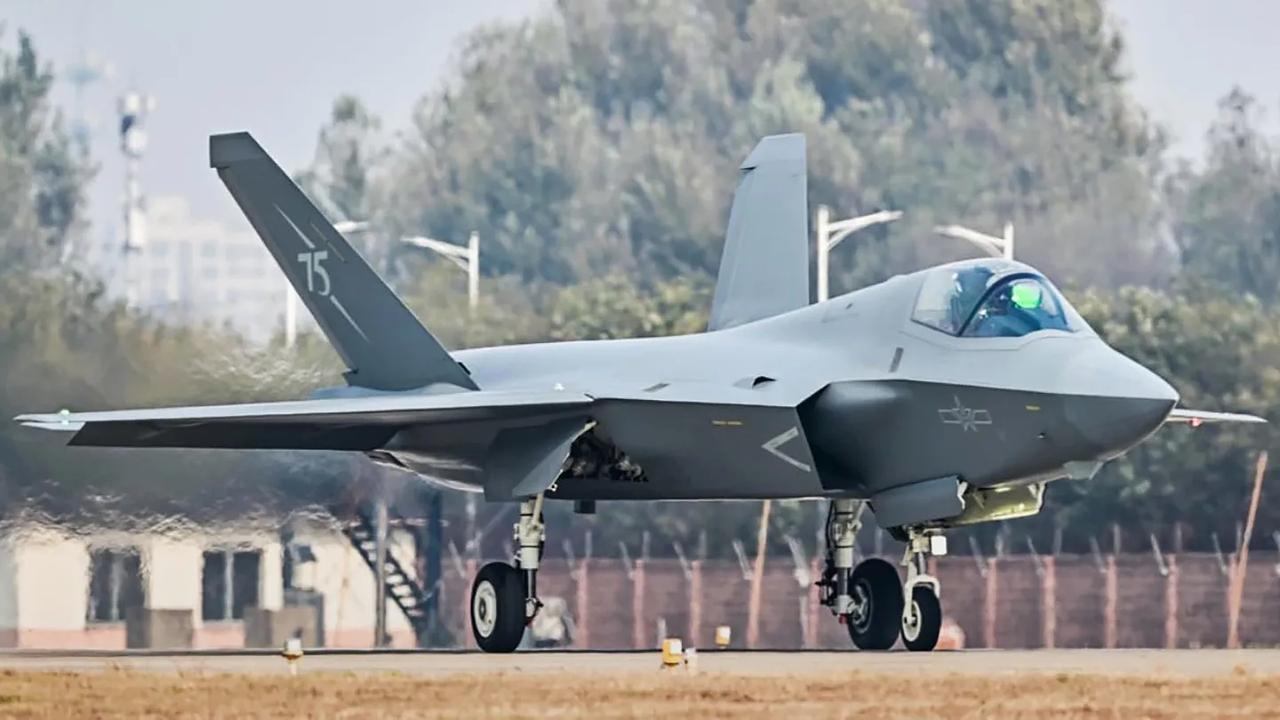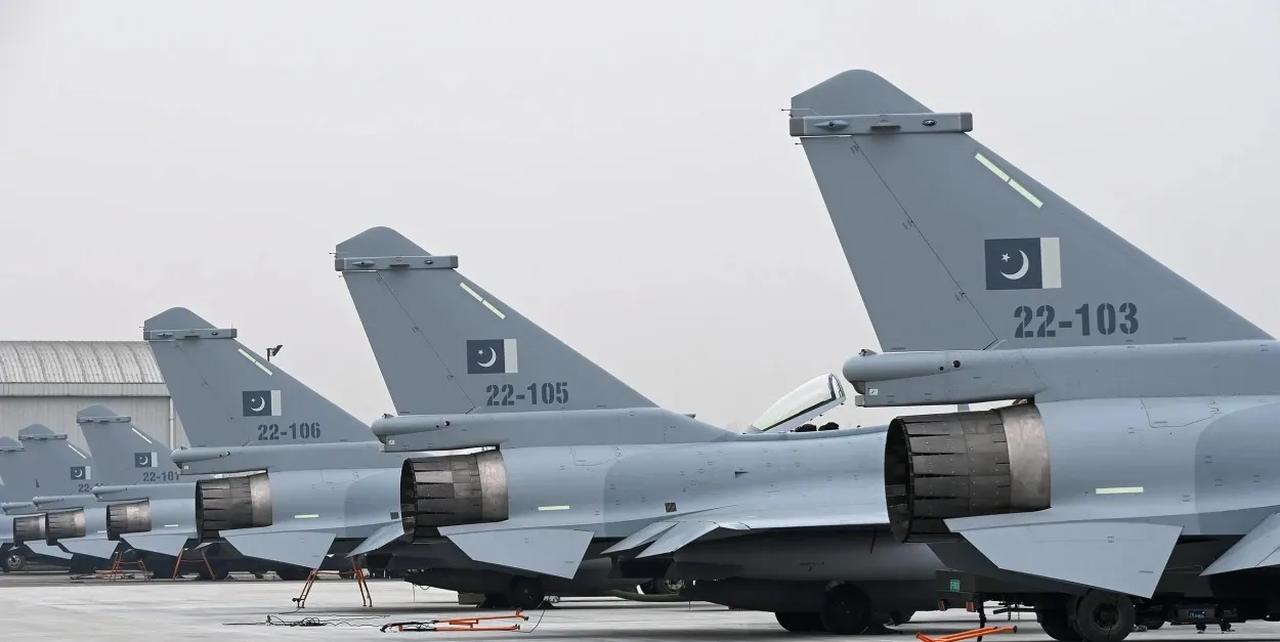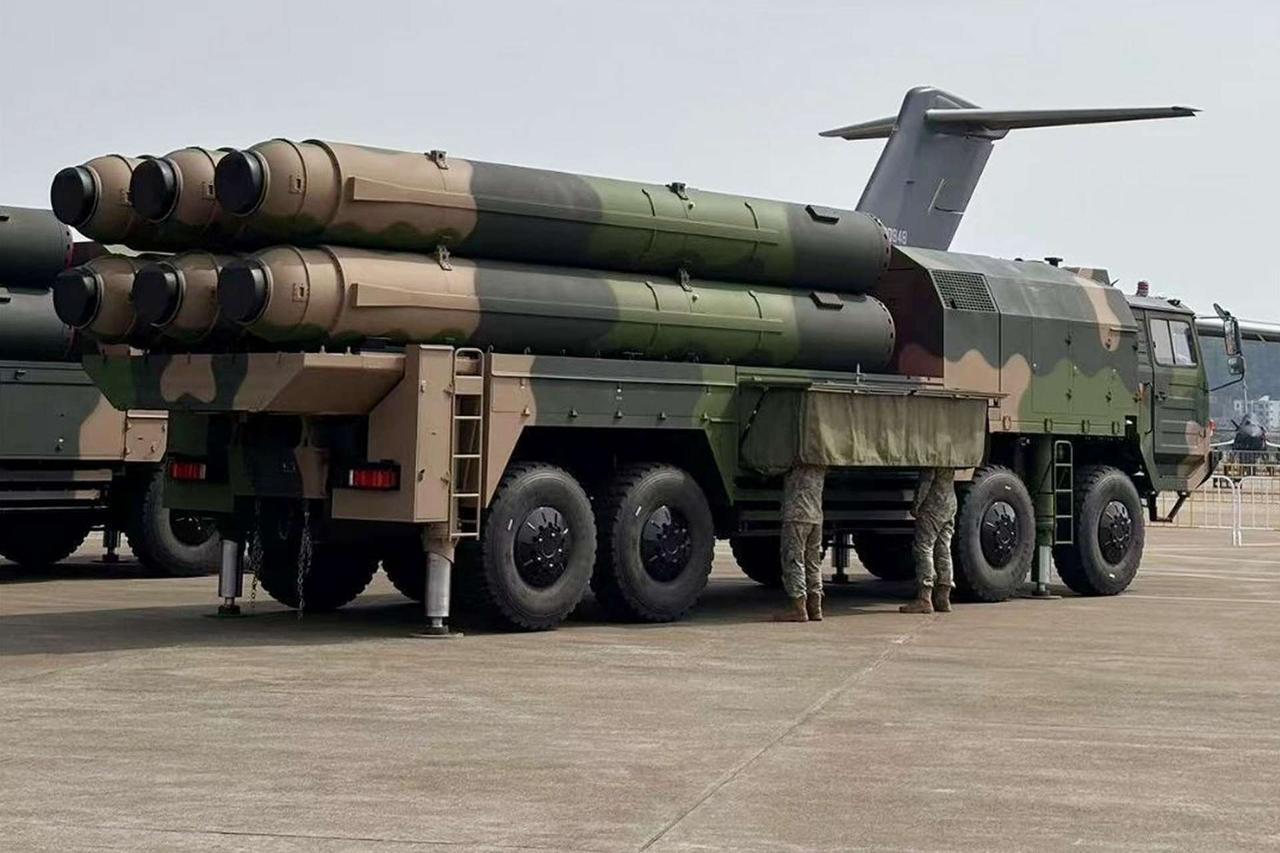
Pakistan officially confirmed the acquisition of up to 40 Chinese J-35 fifth-generation stealth fighter jets along with advanced air defense systems, marking the country's most significant military modernization in recent years and establishing Pakistan as the first foreign operator of China's newest stealth aircraft.
The Pakistani government announced through its official social media accounts that it will acquire J-35 fighters, KJ-500 airborne early warning and control (AWACS) aircraft, and HQ-19 ballistic missile defense systems from China, representing a comprehensive upgrade to the nation's air capabilities.

Pakistani defense officials confirmed that pilot training has already begun in China, with deliveries expected to commence in the coming months, potentially as early as August 2025.
"The aircraft will start arriving in the coming months," a senior Pakistani official stated, adding that Pakistan Air Force (PAF) pilots are currently undergoing J-35A training in China.
The official noted that Pakistan will become one of the first international operators of China's fifth-generation stealth fighters.
The J-35A, developed by Shenyang Aircraft Corporation, features low-observable stealth characteristics, advanced sensors, and multi-role combat capabilities designed to operate undetected by enemy radar systems.
The aircraft was first publicly unveiled at the 2024 Zhuhai Airshow, where it gained international attention as China's second stealth fighter platform alongside the J-20.

The acquisition follows recent military tensions between Pakistan and India, with Chinese manufacturers reportedly accelerating discounted sales of J-35 fighters to Pakistan in response to regional conflicts.
The move is expected to create significant pressure on India to expedite its own fifth-generation fighter procurement.
Pakistani defense sources indicate satisfaction with the performance of Chinese-made J-10CE fighters currently in PAF service, particularly during recent border incidents with India, where the aircraft demonstrated precision strike capabilities and real-time battlefield effectiveness.
"The performance of the J-10CE has been encouraging. It reinforced confidence in Chinese aviation platforms and paved the way for this next step with the J-35A," defense sources reported.

Beyond fighter aircraft, Pakistan's acquisition package includes KJ-500 early warning aircraft that will provide extended radar coverage and enhanced battlefield management capabilities.
The deal also encompasses HQ-19 surface-to-air missile systems capable of intercepting ballistic missiles and high-altitude threats.
These systems represent an integrated approach to air defense, enabling Pakistan to extend surveillance range and respond more effectively to aerial threats while projecting power across the region.
Chief designer Wang Yongqing described the J-35A as designed to serve as a central "coordinator" in air defense systems, capable of detecting and tracking hostile stealth aircraft and cruise missiles while relaying targeting data to other defense platforms.

The J-35 acquisition represents a substantial upgrade for the Pakistan Air Force, which has long relied on fourth-generation platforms, including JF-17 Thunder and F-16 fighters.
The integration of fifth-generation capabilities is expected to complement existing systems and provide advanced operational capabilities to the PAF fleet.
Pakistan currently operates Chinese-manufactured platforms, including JF-17 Thunder and J-10CE aircraft, making the country increasingly dependent on Chinese aviation technology.
The J-35 procurement, combined with AWACS and air defense systems, reflects deepening strategic defense ties between Islamabad and Beijing.
The acquisition could alter South Asian air power dynamics, particularly as India continues modernizing its air force with Russian Su-30MKI and French Rafale aircraft while exploring options for fifth-generation fighters, including the Russian Su-57, American F-35, or indigenous AMCA program.
Pakistan's acquisition timeline indicates deliveries will begin in the coming months, with pilot training already underway in China to ensure smooth integration into PAF operations.